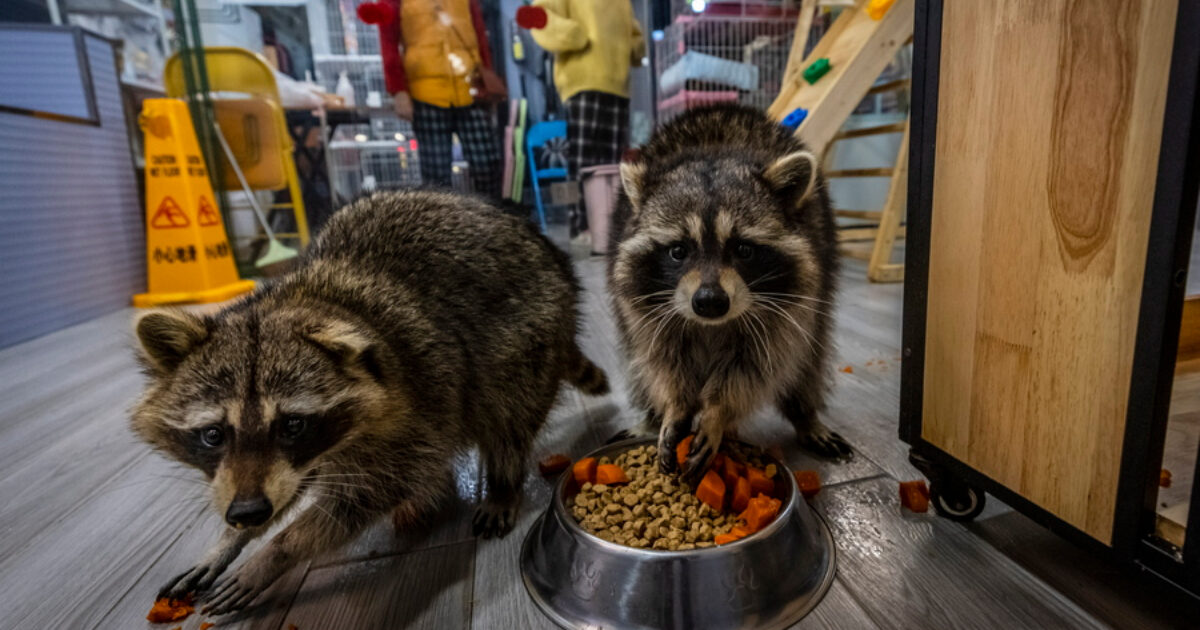The USA perhaps they are facing a strange new phenomenon: the urban raccoonaffectionately known as “trash pandas”, it looks like they could evolve… into future pets.
This supports a study published in Frontiers in Zoology that examines physical and behavioral changes in raccoon population groups that live closer to humans in the US, writes the BBC.
The analysis of nearly 20,000 photos showed something striking: urban raccoons display shorter muzzles than their rural counterparts — a trait linked to the early stages of domestication seen in dogs and cats. Some have already become “stars” on social media, while others don’t hesitate to run through stadiums during football matches.
Natural domestication within the cities
According to the researchers, constant proximity to humans — and especially their garbage, a veritable “buffet” for wild animals — profoundly changes the behavior of raccoons. Less fearful and more courageous, they seem to reduce their flight instinct. Even their appearance “sweetens”, an indication of evolutionary pressure similar to that which led to the domestication of the first dogs.
Researcher Rafaela Les aptly describes the phenomenon: “Garbage is the starting point. Where there are people, there is trash — and animals love it.”
However, to take advantage of this endless buffet, raccoons must be brave enough to move near yards and alleys without becoming threatening. A demanding natural selection that favors the most “well-behaved” animals.
A mechanism known by dogs
The changes observed — shorter muzzle, softer features — point to the so-called “domestication syndrome,” which also includes drooping ears, brain shrinkage and discoloration. A gradual process that is often considered the product of human intervention, but, according to the authors, begins much earlier: the moment the animal gets used to living in a human-dominated environment.
In other words, domestication begins long before adoption: it begins in the alleys and next to the dumpsters, where wild animals learn to live with us — and adapt their nature accordingly.
